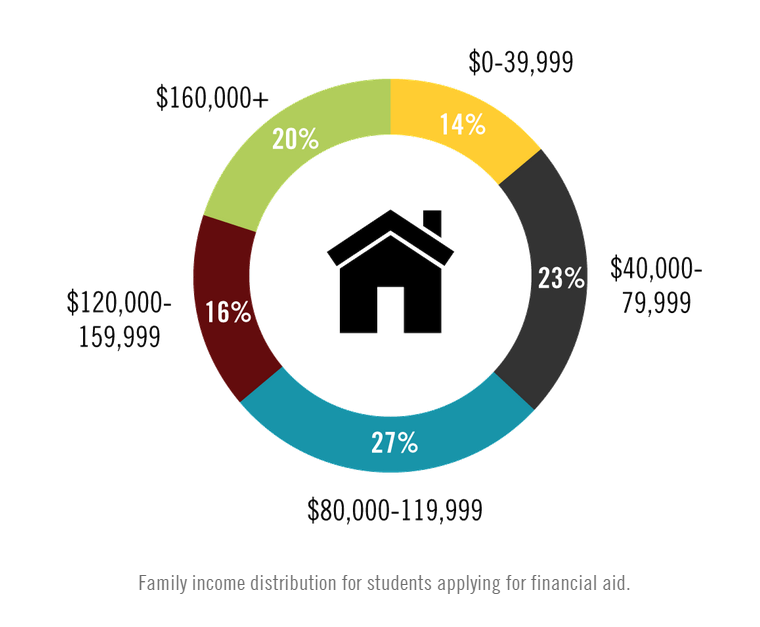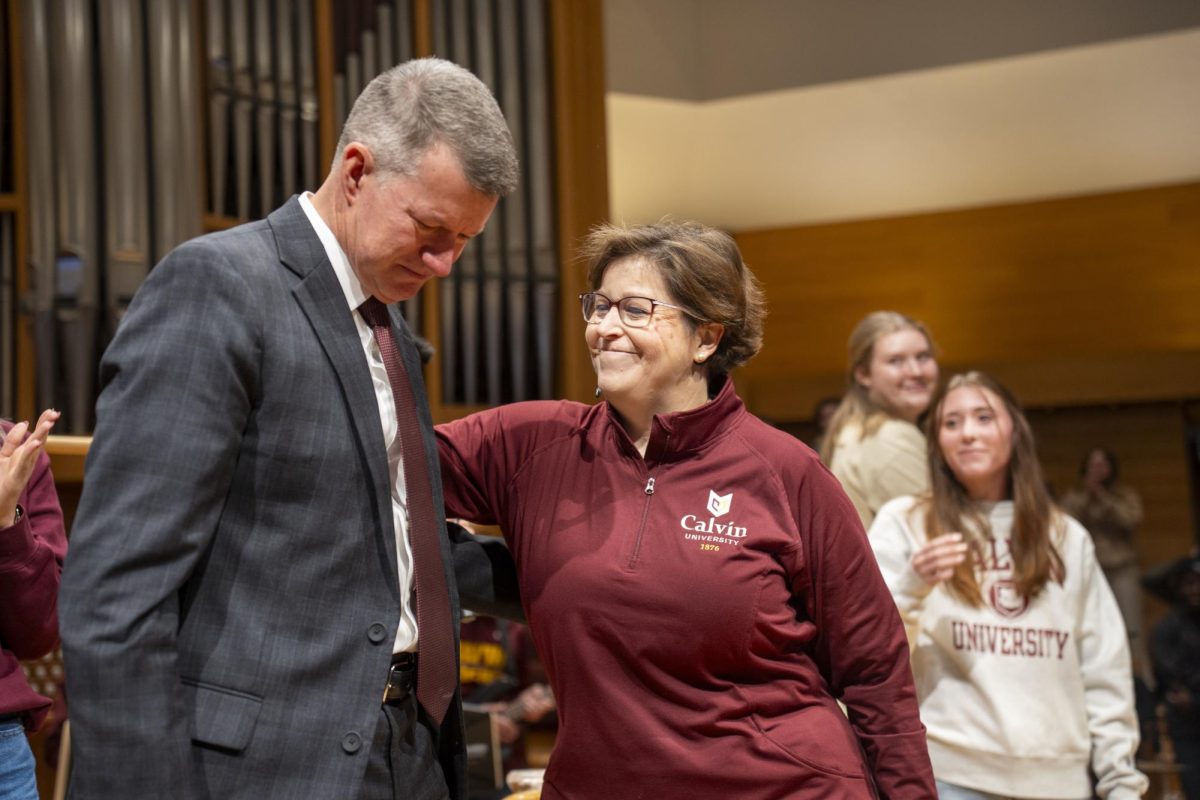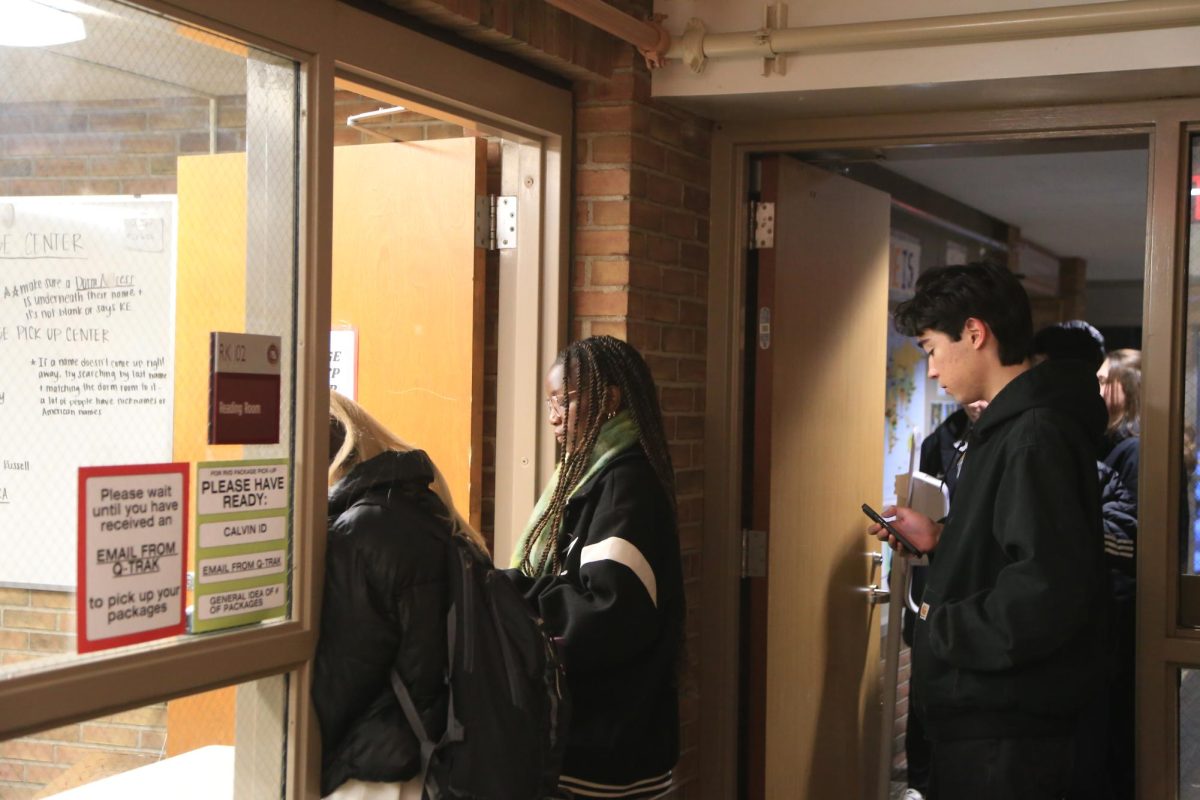Most Calvin students don’t pay full tuition. As a new infographic geared towards prospective students shows, last year, the average incoming student received a financial aid package of $20,000. People may wonder why the college doesn’t simply list its price as the amount students will actually end up paying. However, there are benefits to keeping the sticker price, according to the financial aid department.
Russ Bloem, the vice president for enrollment management, said that charging everyone the same sticker price with no scholarships or aid “is an idea people are kicking around.”
“A number of schools have looked into that and implemented that,” Bloem said. However, he continued, “If we lower tuition and limit academic scholarships, a large number of highly-qualified students are not getting recognized for what they’ve done in high school.”
Since students have worked hard for their academic achievements in high school, they want to attend a college that rewards that through scholarships.
“Students may be less attracted to Calvin College without any kind of an academic scholarship,” according to Bloem. Additionally, Bloem said that “if we eliminate need-based aid, many people for whom [a price of] $20,000 is out of reach will not come.”
“We have the goal of recognizing students who are good students but also making it affordable for those who are from a lower income bracket,” Bloem explained.
Paul Witte, the director of scholarships and financial aid, explained, “We try to keep tuition at an amount enough to cover expenses … in the end the price needs to meet the goal.”
Bloem said that, at a conference the financial aid department went to this summer, he heard a case study about a school that had cut out financial aid and scholarships, charging a much lower sticker price than it otherwise would.
“The school that had tried it found it generated a lot of interest and attention but changed the mix of students interested,” he explained. It attracted “a lower quality of academic students and attracted more of a middle class economic group,” instead of a mix of students from all income brackets. The presenter of the case study “wasn’t recommending” this format for these reasons, Bloem said.
According to Bloem, the infographic on Calvin’s website was created, with the help of many people in the financial aid department, “particularly for families new to education.” He explained that, although Calvin’s financial model is common, people would be scared off by the sticker price; but, when students learned about financial aid, “they would at least come have a conversation with us.”
Witte said he hopes the infographic encourages people to not “just stop at the sticker price but look at what families are experiencing here at Calvin.”









